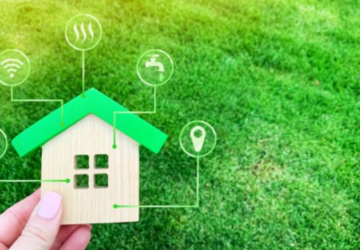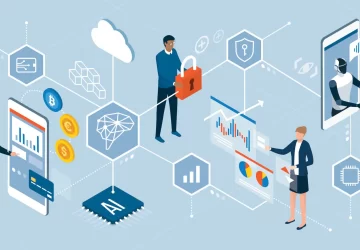Advances in robotic technology have allowed for more natural and humanlike communication. From voice recognition to facial recognition, robotics has revolutionized communication, allowing for more seamless conversations and a greater connection between people. Read on to learn more.
Advancements in robotics
The advancements in robotics have come a long way in recent years, especially regarding natural, human-like interaction. The evolution of robotics has made it possible for robots to mimic human behavior in many ways.
One of the key factors in developing more natural interaction is the improvement in sensors. For instance, in casinos, robotics accurately interprets hand gestures in blackjack and improves card reshuffling using sensors.
The hand gestures in blackjack help signal which moves one would like to make in the game. For example, the player can gesture when to hit, when to stand, surrender, split or double down. Robotics increases accurate interpretations and improves game enjoyment.
The importance of natural interaction
Natural interaction refers to the ability of robots to interact with humans in a way that feels intuitive and easy, just like talking to another person. This includes understanding our emotions, responding appropriately, and using body language and facial expressions. When a robot can naturally communicate with us, trusting and relying on them becomes easier.
Natural interaction can also enhance the overall user experience. When we can communicate with a robot in a way that feels natural, it becomes a more enjoyable and engaging experience. This can improve our satisfaction with the technology and increase our likelihood of using it.
The benefits of more natural interaction
More natural interaction can make using robots easier and more intuitive for people. This is particularly important in fields where robots are becoming more prevalent, such as healthcare and manufacturing.
In healthcare, for example, robots assist with surgeries and patient care. By making their communication more natural, these robots can help medical professionals to perform their duties more efficiently and effectively.
As we become more accustomed to communicating with machines, it is important that we feel confident in their ability to understand us and respond appropriately. By creating more natural interactions, we are more likely to trust the robots we interact with, which can lead to even more widespread adoption.
The future of robotics
The potential for these machines to assist in everyday life is enormous. We can expect them to become more intelligent and autonomous with AI and machine learning advancements.
Robots can perform delicate surgeries with greater precision and accuracy than humans. Robots may take on more complex procedures — currently reserved for highly trained surgeons — as they become more advanced.
Robotic arms are already used in factories to assemble products quickly and efficiently. In the future, we can expect robots to become more flexible and agile, able to perform tasks that currently require a human touch.
Final thoughts
Robotics continues to evolve and is expected to have diverse effects and improvements. Improving machine learning and artificial intelligence is the dominant force that helps the evolution of robotics. It is an advantage to embrace robotics for an efficient future transformation.








